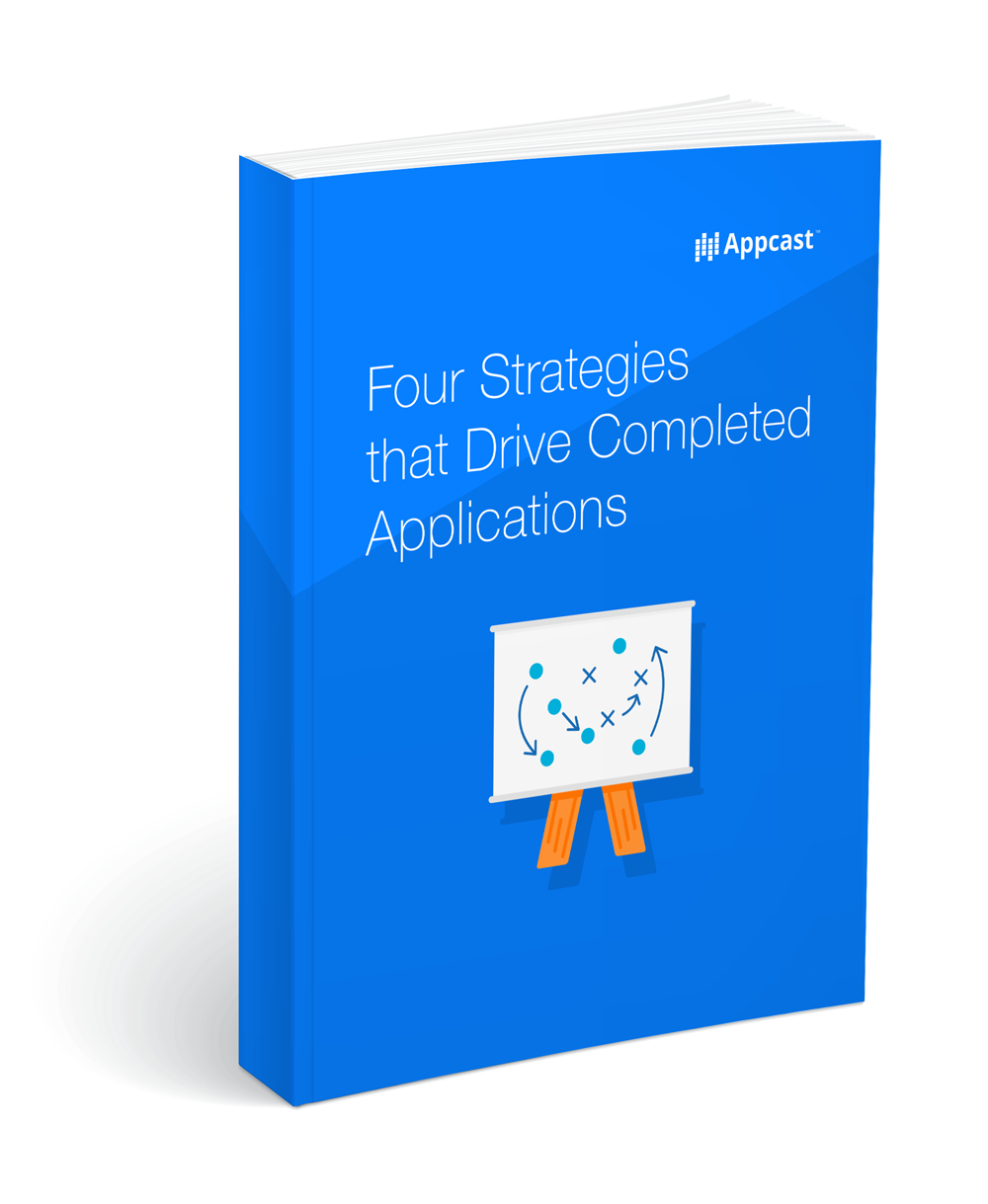The average new employee costs ~$4,000 and 42 days to hire. If you’re a recruiter who makes, say, 100 new hires each year, that’s a lot of time, effort, and more importantly, money spent attracting candidates to your organization. Lowering this cost per hire can be challenging while keeping up with the same hiring volume.
But a few simple improvements to your candidate recruitment process, starting with the application, can help you increase conversion rates while spending the same (or less) on attracting candidates and the cost per hire. However, you first need to think about the impact of a bad candidate experience – how much of your budget is “wasted” if a candidate drops-off after starting an application?
Some parts of the process are measurable, while others are a posit, yet just as important. Even though not every company’s recruitment and application process is the same, here are three ways you can reduce your cost per hire by getting more applicants on a budget.
1. Keep your application short and engaging.
As a marketer at Appcast, I’ve learned that we generate the highest conversion rates (and best quality) from content that has information on one landing page. In recruiting, this methodology can be applied to the candidate’s recruitment process by keeping the application as short as possible, while capturing the information you need. Someone who can apply to your job without several clicks, pages, or having to answer long, daunting questions is much more likely to fall into your funnel. Extra requirements such as username and password creation also often mires the process, and is best served at the end or never at all.
In adjusting your application, it’s also important to test a variety of different call-to-actions to learn which is most effective: “Opt in,” “join our team,” “learn about us,” and so on, are friendly messages, while something like “submit application” is absolute and could feel intimidating to someone as they are set up for either success or rejection.
2. Pay only for conversions, but capture key info on those that drop-off.
When advertising your jobs, the cost of candidates who drop-off after starting an application needs to be considered, as well as the ones who end up successfully applying. If you’re paying for job ads on a cost-per-click (CPC) model, you end up paying the cost for anyone who drops off… those who click to view your job or start applying but at some point decide alternatively and don’t come back. If you have a high volume of clicks, this cost can quickly escalate out of your control – which can be okay if you’re getting the right number of applicants. If you aren’t, that’s a problem.
Pay-per-applicant job ads allow you to pay for the desired conversion, as you are only charged when a candidate completes an application. Consider using a pay-per-applicant model to ensure you’re spending your budget on what you need to fill open jobs: applicants.
Alternatively, to capture more value on candidate traffic that isn’t converting, include a component in the application that at minimum collects their name and email address (e.g. if they’d like to hear from you about future opportunities). This allows you to follow-up with these candidates later if they decide not to finish their application today, and your budget doesn’t get wasted if you’re paying on a CPC basis.
3. Make the candidate recruitment experience personal.
Applying to a job is a personal experience for your candidates. When applying, candidates open themselves to the possibility of rejection. If someone does not get an interview, it’s important that they hear from you and are given reason as to why they are not a good fit. Without proper follow up communication, the candidate may feel unappreciated – the case for a bad candidate experience and a poor reputation on your employer brand. You cannot hire them all, but you can make everyone positive proponents of your brand. The candidate recruitment is the first chance you have to demonstrate what it’d be like to be a part of your organization. Don’t let it get wrapped up in red tape on a road to nowhere.
To learn more ways you can improve your candidate experience and job application process, download our whitepaper, ‘Four Strategies that Drive Completed Applications.’

This was originally published on May 10th, 2017, and has since been updated.

